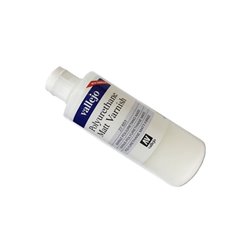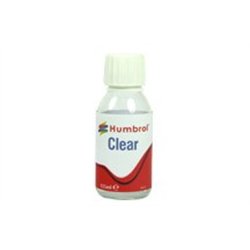There are tens of thousands of decals available covering a multitude of different models from trains, planes and...
No products
Product successfully added to your shopping cart
There are 0 items in your cart. There is 1 item in your cart.
Search Tips
What is a varnish?
The purpose of a varnish is to protect the paint of your model.
This is especially true if you are using your models for wargaming as the models are being handled frequently. Without the varnish the paint will start to fall off with constant touching from the oils on your fingers and other contaminants that are detrimental to paint surfaces.
Another reason for adding a varnish to your model is to ensure that the decals stay as fresh looking as the day you applied them. Over time if left unvarnished the decals will start to crack and flake off, and also suffer damage from touching.
So, it is important to add one or two coats of varnish to ensure the longevity of your models.
Varnishes come in three types for your modelling needs. These are: flat (also called matt), satin and gloss.
Choose the right one for your needs, although you can use a combination of varnishess to complete your model. For example, you may have just finished painting a figure that has very shiny boots and a dull coat, so, you would use the gloss on the boots and the flat on the coat,
This will give you a far better representation on how your figure should look rather than the whole figure looking shiny.
Click here to receive the tips weekly in your mailbox. You can unsubscribe at any time.










